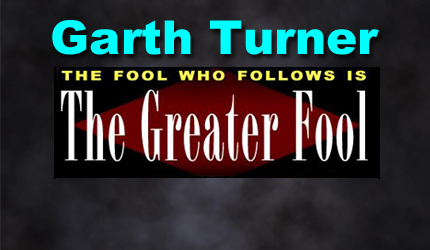July 21, 2021 | The Match

Suzanne just started a new job. Kudos to her. Change is good. She figures about a decade to go before she winds down and retires.
Of course, retirement used to be the goal. Now it’s just scary. Once upon a time people got defined-benefit pensions, knowing how much income there’d be forever. Now seven in ten have no such thing, and are lucky to land a corporate plan with an unknown outcome. That’s called a ‘defined contribution’ pension, or DC.
Suzanne has one of those now. “In a few weeks I’ll need to determine if/how I’ll participate in their plan,” she says. “So I was wondering if you’d consider writing a post about how to take advantage of a company-matched RRSP plan while holding a B&D portfolio of low cost ETFs?”
Ask. And receive. Here we go…
First, the basics. Government workers, nurses, cops, firepeople, teachers, power or transit employees and most other public-sector employees still have DB pensions. The majority of private employers, however, can’t afford to run a defined-benefit plan. (In the US even some governments are finding them financially unsustainable.)
With a DB, the benefit (your pension payment) is defined, thus it’s known in advance and will never change. Contributions are made by both employer and employee. You can see how an employer would be on the hook for decades. In an uncertain world this is not something any corporation, public or private, would want – it’s unlimited liability (since people live so damn long).
With a DC plan you know how much you and the company are putting in, but you have no idea what will be there upon retirement. Just like an RRSP – since the money in the plan grows or shrinks with the assets selected. Typically the employer teams up with a financial outfit (the biggies are SunLife and Manulife) and your money goes into their mutual funds. The amount you end up with is determined by fund performance.
Most companies now match worker contributions, fully or in part and up to a certain percentage of income. That’s good. It’s free money, and you’d be daft not to take it. Astonishingly, millions don’t. A recent survey concluded that as much as $3 billion a year is piddled away by people who don’t understand their plans, are too myopic or to broke to make routine contributions.
Seems a third of people who are offered a matched DC plan don’t play. Many make lower incomes and are already stretched with kids and mortgages. Retirement saving just doesn’t figure into their life plans (big mistake). Other people eschew the company match in favour of making their own RRSP contributions and pocketing a tax deduction.
That’s also a fail. Workers get a tax break for the DC plan contributions, and when the employer matches the cash it’s akin to a 100% return on your money. You’d have to be an investing genius to routinely reap that kind of gain in your own plan. So do it. And if you’re not contributing to a company pension plan because you don’t trust your dodgy employer will survive, relax. The funds are protected. And matched contributions from the boss don’t reduce incomes paid to workers. How is this not a win?
Okay, back to S. Here’s her ask…
The company plan offers a 100% RRSP contribution match – on an initial 9% contribution from salary. The fees on the managed funds are obviously higher than low cost etfs but at the outset – it does seem worth it to get the contribution match (up to the maximum), while continuing to contribute outside – in my B&D portfolio, currently at 400,000 in registered/unregistered accounts incl full TFSA and over 50,000 in unused contribution room with a 5-10 year retirement horizon.
What fund allocation strategy makes sense when combined with an existing B&D portfolio? Do I try to choose an equivalent B&D strategy from fund offerings? Or fulfill a specific allocation – like just the safe stuff and rebalance outside this? Then what do I do with the funds once I eventually either change companies or retire – move them to my B&D and take the hit?
No idea.
This is easy. Most DC fund managers – like SunLife – give a choice of assets and most employers have arranged a reduced MER, so the fee hit is diminished (but still high). The best option is to pick one reflecting your own private portfolio mix. If you DIY invest, go with a balanced option with global exposure. If you work with an advisor, s/he should do this job for you (at no charge). If you’ve been a cowboy with your own accounts, pick a safer option in the DC plan. (Bond funds also come with lower mutual fees.)
Now, what happens when you (a) retire, (b) get punted or (c) quit that job?
Your plan should go with you. So contact the fund manager and have it moved into a personal account, typically a LIRA. That’s the same as an RRSP but the funds are ‘locked in’ until you reach retirement age, while you retain full discretion over how the assets are invested. Get into low-cost, liquid ETFs. Depending on your age and the terms of your corporate DC plan you might be able to move the money into a regular RRSP – not locked in. Make sure you don’t choose an annuity, however, since in an era of crazy-low interest rates you’ll be cementing lousy returns for eternity.
In conclusion: if your boss offers a matched DC plan, take it. Contribute fully. Invest sanely. Convert wisely. If you have a DB plan, we don’t want to know about it.
STAY INFORMED! Receive our Weekly Recap of thought provoking articles, podcasts, and radio delivered to your inbox for FREE! Sign up here for the HoweStreet.com Weekly Recap.
Garth Turner July 21st, 2021
Posted In: The Greater Fool
Next: The Saretsky Report – June 2021 »











